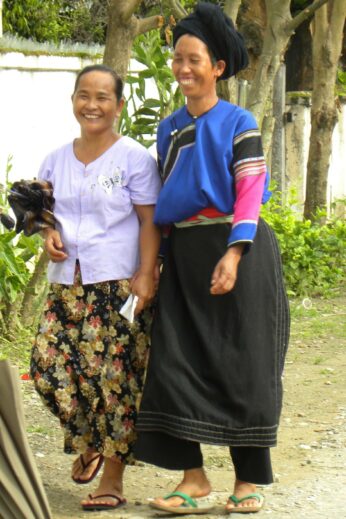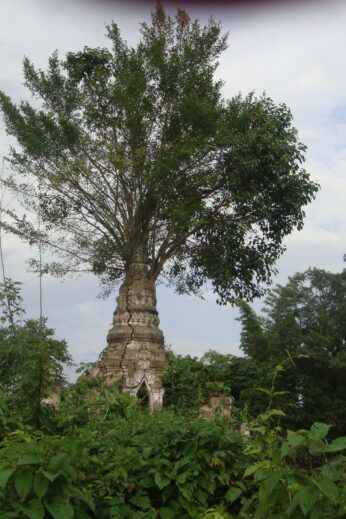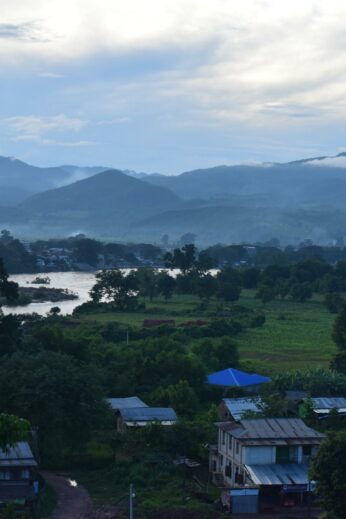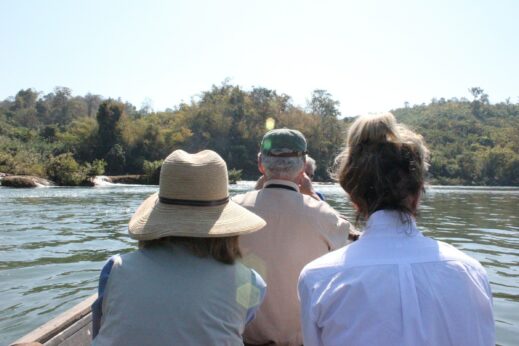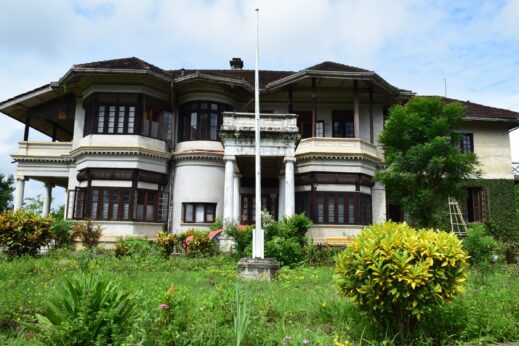The small town of Hsipaw in Shan State draws in hike-hungry tourists while managing to retain a semblance of authentic charm. Here are eight ways to make the most of your time here.
What to expect in Hsipaw
Most visitors arrive in Hsipaw on the train between Pyin Oo Lwin and Lashio. While Burma isn’t exactly revered for its railways, the (rickety) journey over the 700-metre high Goteik Viaduct is undeniably impressive – you might find your heart in your mouth as other passengers lean out of the windows for a better view over the gorge below.
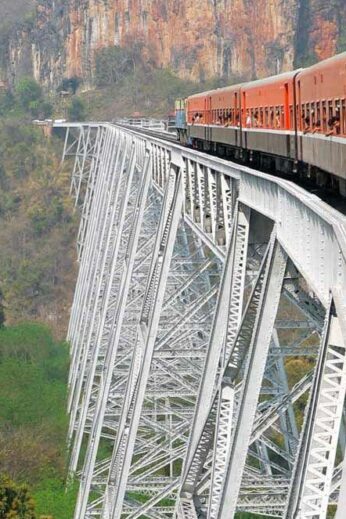
While tourists do pass through, the footprint is light in comparison to the popular areas around Inle Lake and the ex-British colonial outpost of Kalaw. When you consider the relatively small number of travellers who make it to the country as a whole, life still moves slowly!
There are moves towards greater infrastructure with a few (small) modern developments springing up, and it is situated close to the border with China so there can be the occasional beep beep of trucks or rumble of motorbikes down the main road. Although Hsipaw is not entirely asleep, signs of snoozing still remain – especially when you step out to the neighbouring countryside.
The majority of visitors use it as a base to go hiking, but this charming town is worth attention in its own right.
1. Trekking

As well as the rolling hills that Shan State is famous for, taking dusty paths out of the town will see you trailing into areas seemingly untouched by modern life. Spot clusters of conical bamboo hats as farmers work in the fields, pass curious oxen bathing after a long day’s work, and see locals lug bamboo baskets back to villages with stilted wooden houses. The only sound comes from the odd enthusiastic cockerel, crickets that buzz on the sidelines and children chattering from courtyards.
2. Learn about local life
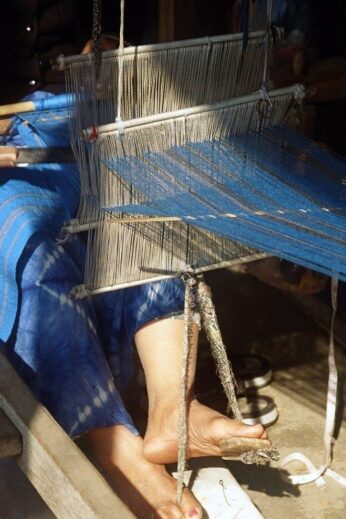
With fewer visitors than other trekking routes in Myanmar, a slice of village life here remains an authentic experience. Take a break at these villages for an insight into cottage industries that keep everything ticking over; whether it’s spinning looms to make rice noodles, crouching to plait bamboo mats, sorting mountains of tea leaves, pounding poker hot tools, or weaving brightly coloured Shan bags. Tourists or not, village life continues as it always has for the local Palaung and Pedung minority groups.
3. Visit the market
The early bird catches the… market. Why wait until dawn, when you could open stalls early by candlelight? Starting at around 3.30am and closing at 6am, these opening hours aren’t conducive to many sleepy travellers’ itineraries so you’re unlikely to see many other Westerners.
If you can bring yourself to set an alarm, this may well be your best chance to see a truly authentic market in Burma. The stalls provide produce for local people so this hive of activity is set to a soundtrack of chit-chatting neighbours. Many make their way here from neighbouring villages to stock up and get back to their farmland before dawn; often mounting hefty produce precariously on to motorbikes before they leave.
Stroll back as the sun rises over morning mist and young monks stroll through the town, echoes reverberating from miniature gongs. When everyone else wakes up, order a large bowl of steaming Shan noodles for breakfast with a difference.
4. Explore the old neighbourhood of Myauk Myo
While Hsipaw is known primarily for unspoiled nature rather than a slew of pagodas and historical highlights, Myauk Myo, Hsipaw’s oldest area, is special in its own right.
Eissa Paya is also known as ‘Little Bagan’ as an ode to the famous ancient city in central Burma. This peaceful area is home to a collection of ancient stupas gradually swallowed by surrounding foliage. One even has a tree sprouting through the top, forging a thick crack through the middle – a quiet battle between man and nature.
The area is also home to the teak Madahya Kyaung monastery and the Maha Nanda Kantha monastery (also known as the Bamboo Buddha monastery).
5. Get on your bike and dip into the Namtok Waterfall
Rent a bicycle or take a trek (1hr 30+) to the Hsipaw Waterfall. This pretty cascade is no Niagara, but the trail is pleasant, and it’s a refreshing place to take a dip. Don’t forget sun cream!
6. See the sunset from Thein Daung Pagoda (Sunset Hill or Nine Buddha Hill)
Just a mile outside of the city awaits a track to the top of Nine Buddha Hill, or Sunset Hill. As its nickname suggests, striking views over the town, river and mountains beyond are most magical at sunset.
7. Cruise on the Dokhtawady River
Hsipaw sits on the banks of the Dokhtawady River, so if the walking gets too much you can rest your feet and see the rolling hills in a leisurely manner from a longtail boat.
8. Visit the Shan Palace
Believe it or not, this small town has an illustrious history; it was the centre of the Shan Kingdom up until 1962 when Sao Kya Seng, the saopha at the time, disappeared during the military coup. Sao Kya Seng’s wife, Inge Sargent, documents the time in her book Twilight over Burma: My life as a Shan Princess.
His nephew’s wife now inhabits Shan Palace, his former home, and gives tours to bring context to the town and an insight into a tragic period of history.
So pack a camera, some sturdy shoes, and an open mind for your stay in Hsipaw. To see a lesser-known side of Myanmar, take a look at our Untouched Burma Fully Tailored Journey.

